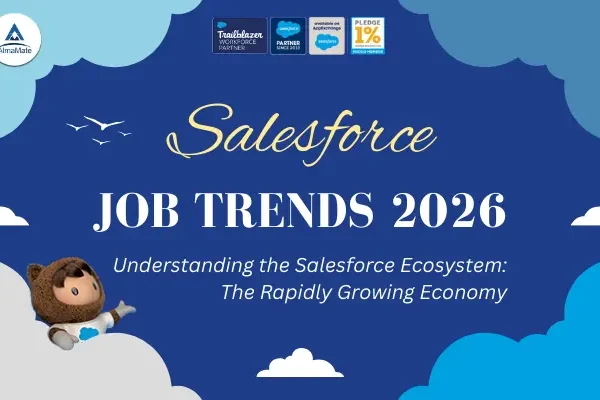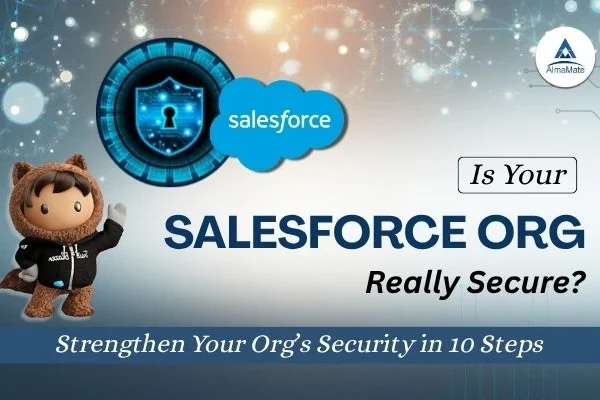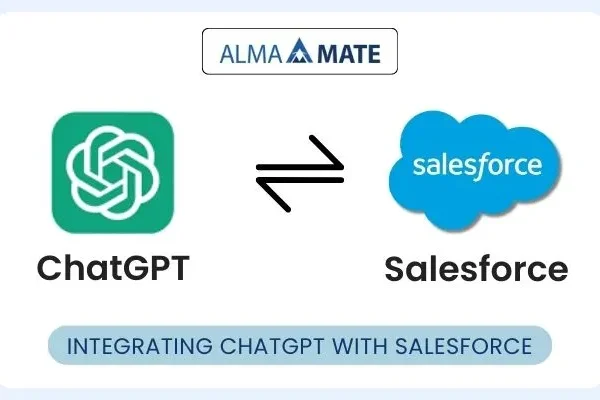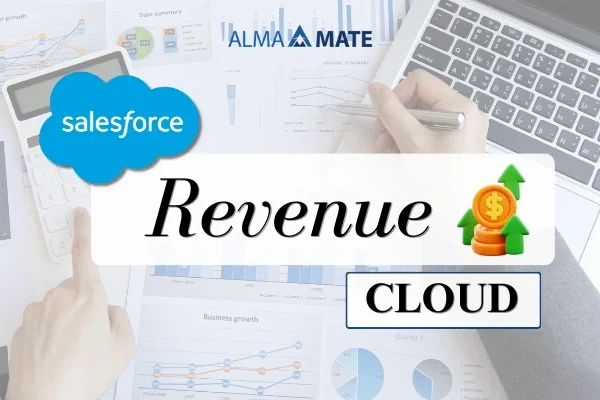Though migrating to Salesforce for customer relationship management may seem a herculean task, it is not so in reality. Migrating to Salesforce requires meticulous planning and prompt execution. Salesforce offers solutions that help a lot with streamlining workflows, gaining insights into customer data for analyzing trends, and automating cumbersome, tedious, and mundane tasks.
Table of Contents

Before clicking on that ‘migrate’ button, it is always advisable to map out one’s strategy. Following are a few key factors to consider before taking the plunge and migrating to Salesforce:
Data Detox and Decluttering before migrating to Salesforce:
It is a good practice to figure out how redundant and duplicate data must be removed before migrating to Salesforce. Only important data that is worth retaining should remain in the database which is to be migrated using Salesforce. Identify the critical customer, lead, and opportunity details of your organization’s database– this is the essence of successfully migrating to Salesforce. Think of it as cleaning out your attic. Formatting inconsistencies are also to be rooted out. Backing up data before starting the detox process is a good practice and is of immense importance. Backed-up data can be reinstated if something goes wrong while migrating to Salesforce.
Assemble Your A-Team before migrating to Salesforce:
Recruit and put together a team of star performers from the sales, IT, and data management verticals of your organization. Their combined expertise will ensure a smooth installation of (and transition to) Salesforce. Equip your teams with the knowledge they need to leverage the utility of Salesforce. Invest in training programs and resources. This is crucial for user buy-in.
Data Extraction:
Tools like Salesforce’s Data Loader will help you extract the necessary & relevant data from your computer/server/cloud. Classify and categorize the data you want to migrate. Choose the Objects that are to be migrated. Decide whether to migrate only the Contact information from each Account or to only migrate the Account information from a particular division.
Data Transformation:
Not all data will fit perfectly into Salesforce’s structure. The key to smooth sailing in the Salesforce ecosystem is meticulous mapping, formatting, and cleaning up of your existing data as and when decisions to transform data are made.
Data Validation:
While validating the migrated data, it is a must to detect flaws, inconsistencies, and discrepancies before problems in the reports and dashboards are created. Create custom reports to validate record counts and provide an overall snapshot of migration. Then, spot-check the data. This involves doing pilot testing by migrating small data sets before a full-scale migration. Review exception reports to see which data was not migrated.
Customization:
Tailor Salesforce to fit your team’s unique needs and workflows. This will make the platform feel familiar and more comfortable to work with. Create templates for the data. Create an Excel template for each Object using data export from Data Loader (use the export file as your template). Since Objects have mandatory relationships that dictate the order of data migration, identify the required fields for each Object. Always migrate Users first, then Accounts, followed by migration of Opportunities.
Populate templates:
Review your data before populating it in the template. Load one record, check the results, and then load all the remaining records. Prepare the destination org. Consider creating custom fields to store any legacy ID information. You can also assign the custom field the “External ID” attribute so it may be indexed. This will help maintain relationships and help you build custom reports for data validation. Create custom fields to store data contained in non-standard fields in the old organization. Consider this: if the old organization (source from where data is to be migrated) stored ‘Home Phone’ for your ‘Users’, consider creating that same custom field in the new Organization (destination where data is to be transferred) too.
Addressing Management Matters before migrating to Salesforce:
A successful migration is more than just about using the appropriate technology for migration. Prepare your team for the switch and address any anxieties they might have, so the team members may not face any issues while acclimatizing to the newly formatted/organized data structures. Remember, changes made to a system that the employees have been using for a long time can be petrifying for them, so open communication is key to preparing your team for the usage of the ever-evolving Salesforce features.
By carefully planning early, tackling the technical aspects with precision, and prioritizing user adoption, one can ensure a smooth data transition and unlock the full potential of Salesforce, a powerful CRM platform. Salesforce offers a plethora of migration resources and has many certified partners to assist clients with data migration. Embracing the power of Salesforce can significantly elevate your business operations, driving growth and fostering innovation.
Ready to make the most out of your Salesforce migration journey? AlmaMate, a premier Salesforce training center in Noida, is here to help you every step of the way. Our Salesforce certification courses, including Salesforce Developer Training and Salesforce Admin Training, are designed to equip your teams with the skills they need for a seamless transition. We offer the best Salesforce Training in Noida, and Salesforce Online Training in Delhi NCR, ensuring that you receive top-notch education no matter where you are. Empower your team with AlmaMate’s expert guidance and unlock the full potential of Salesforce! Contact us today to get started! Visit our website!
Disclaimer**: The images placed on this web page have been sourced from pexels.com.















